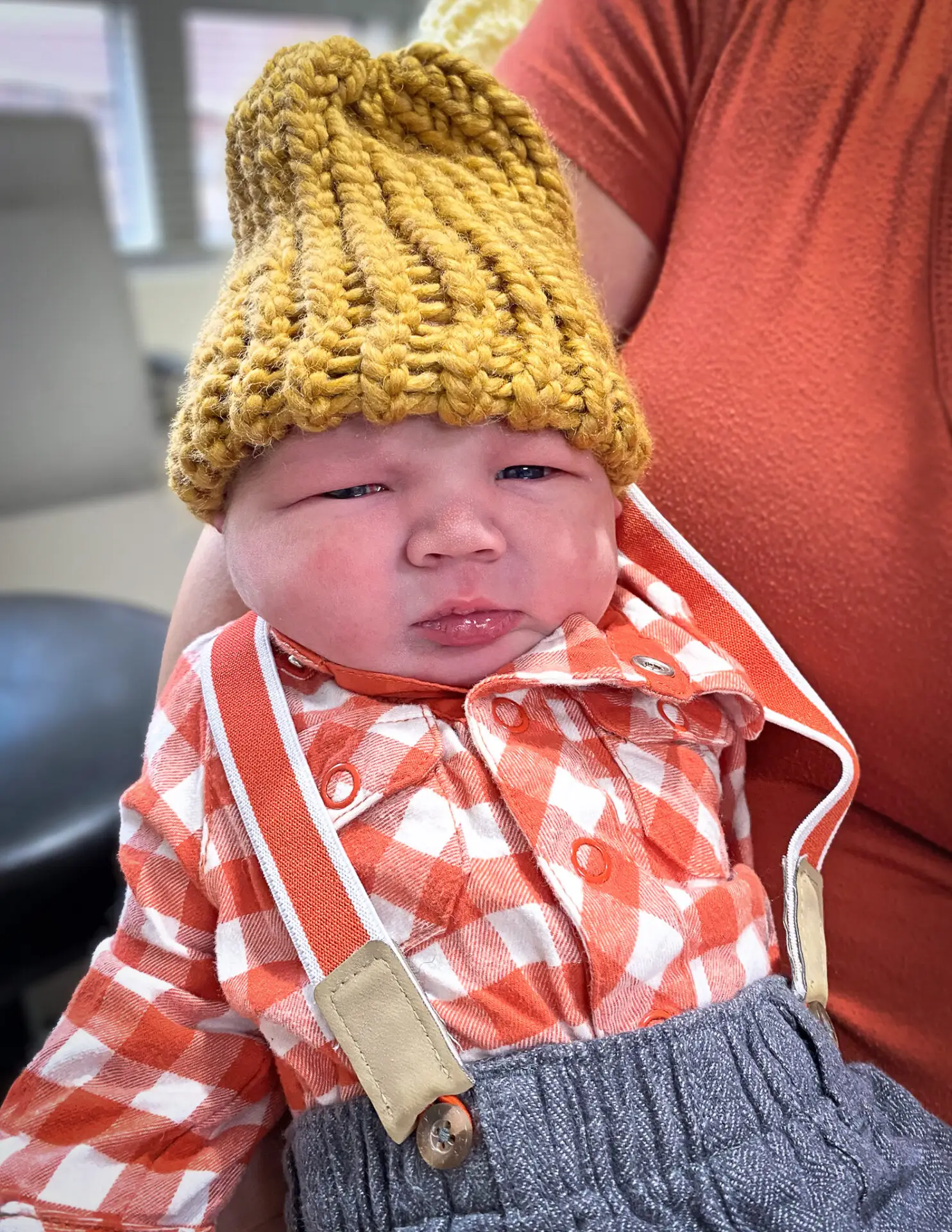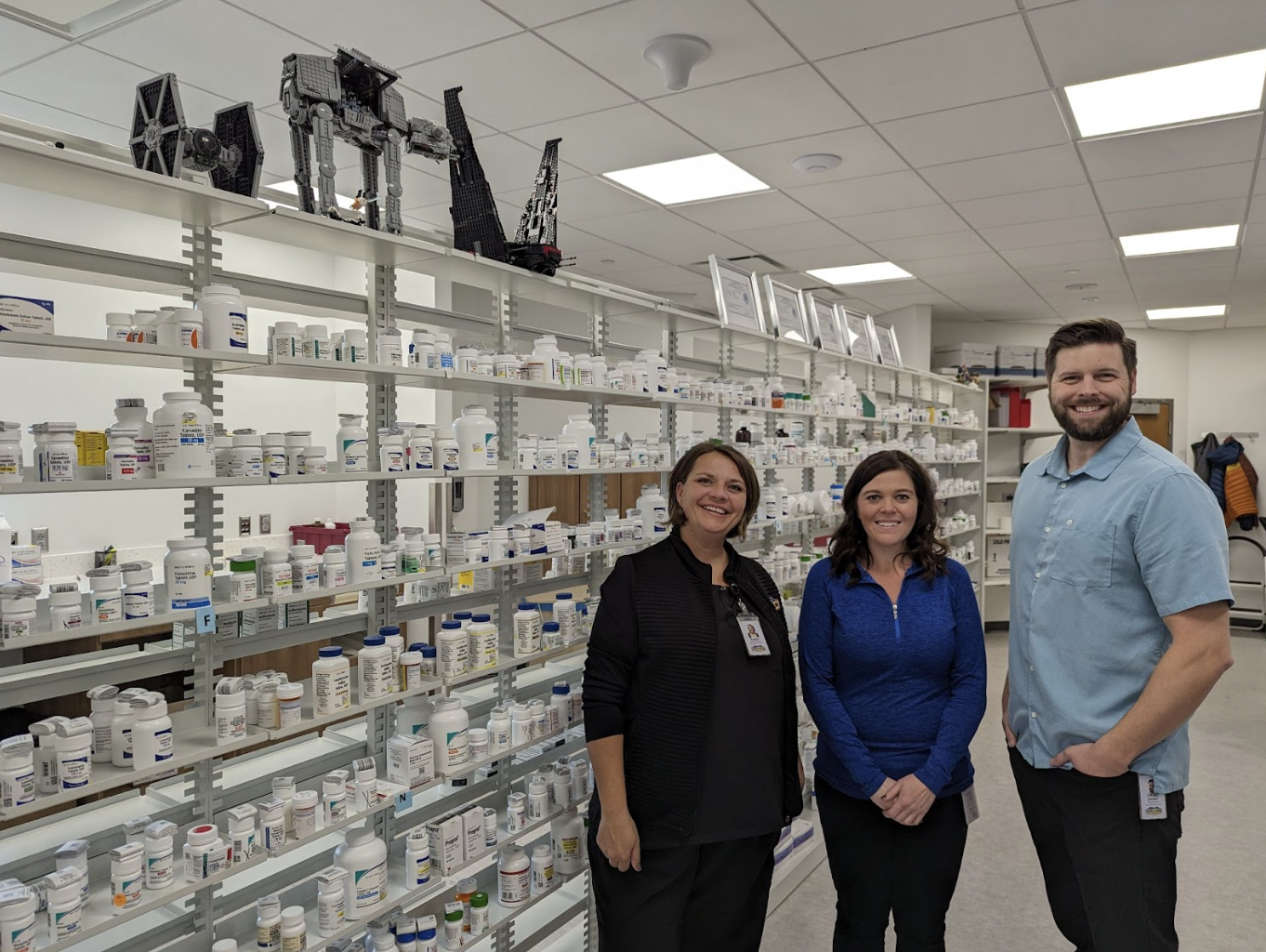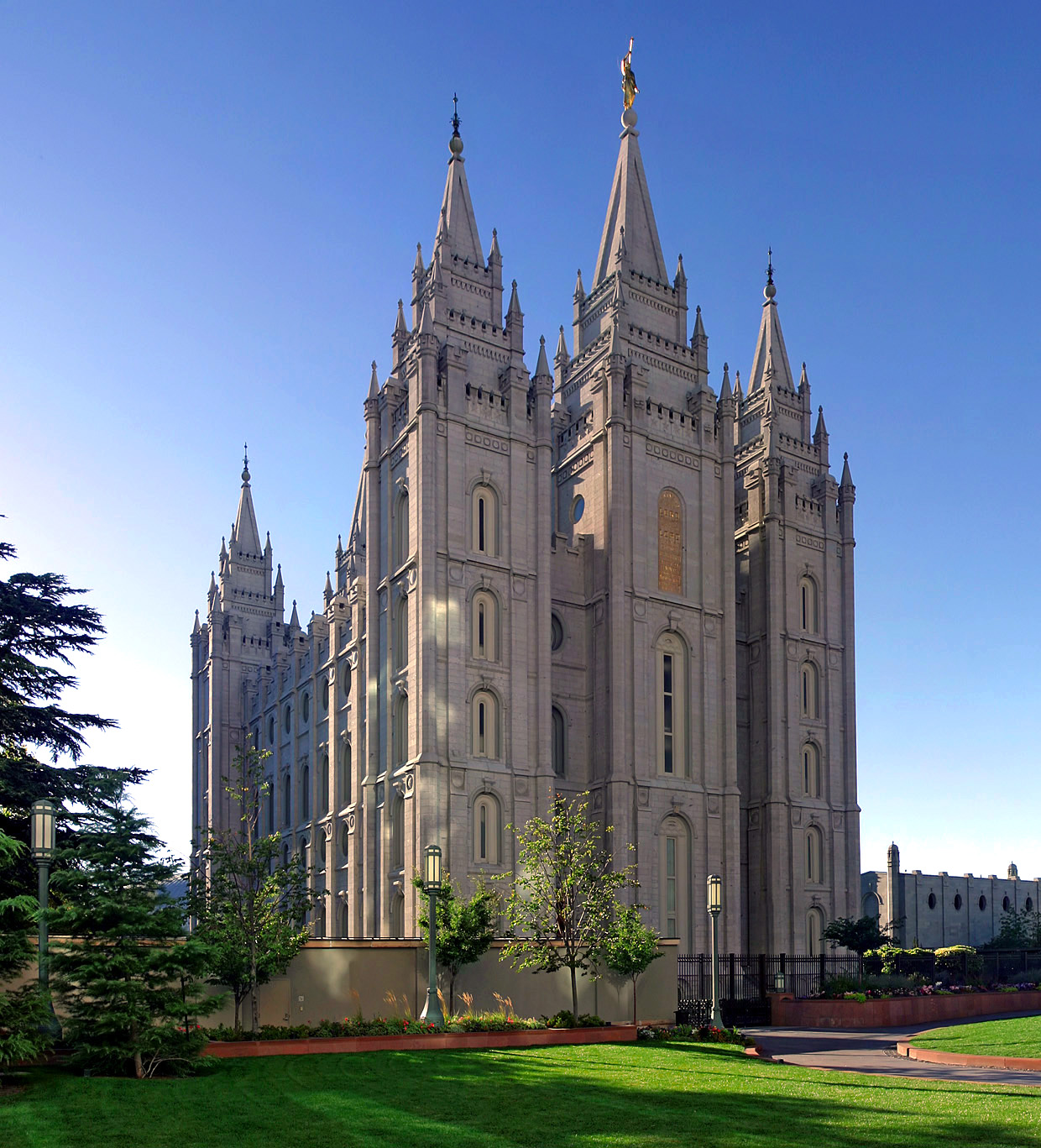The Moab Sun News needs your help. Show your support for independent community journalism and receive a digital edition emailed directly to you each week.
Weeks ago, Shanna Yazzie knew something was wrong after making her usual monthly trip into town for supplies.
Yazzie lives in a rural area on the Navajo Nation Reservation outside of Cameron, Arizona. Her home, like most in her area, does not have running water. Once a month, she drives into Phoenix to stock up on bulk foods and drinking water.
“One of my main purchases is buying five to six packages of water bottles,” she says. Her trip in early March was different, though.
“When I got to the water bottle section, there was a limit of only two cases and almost all the water was already gone,” she says. “Right then, I knew that something serious was heading our way.”
“I realized that I really need to stay home even though at that time the Navajo Nation has not put a stay-in-place order or anything out,” Yazzie says.
The coronavirus outbreak spreading around the globe has taken hold on portions of the Navajo Nation, where the Nation’s government issued a stay-at-home order on March 20 and enacted the first curfew in Utah beginning on March 31.
The number of cases reported on the reservation, which stretches across Arizona, New Mexico and southern Utah, rose to 174 confirmed as of April 1 with six reported in Utah’s San Juan County. Seven deaths have been confirmed.
The Navajo Nation has reacted with strong measures, citing the need for “extraordinary measures” to contain the spread of the COVID-19 disease. The public health crisis is exacerbated by long-standing issues on the reservation, including poor roads, a lack of street addresses and the absence of running water essential to washing hands.
An estimated 30% of residents on the reservation don’t have access to running water in their homes.
“We want to have safe, healthy water and it should be right there in everyone’s homes,” says Emma Robbins, the director of the Navajo Water Project, a program on the Navajo Nation run through the water nonprofit DigDeep. The Navajo Water Project installs off-grid systems for families that include a solar panel, water heater and running indoor water. During the stay-in-place order, all installations have been delayed but the organization has committed to continuing to employ their hourly workers, ensuring that they have an income and access to employer-paid medical coverage.
“It’s just what has to be done to curb this spread,” she says, noting that she herself is from Tuba City.
Ongoing work to provide access to fresh water is critical all over the reservation, Robbins says.
“Especially now that there’s a big public health element to it: when you’re able to wash your hands, you’re preventing the spread of diseases,” she says. “But not only that but access to water right now affects your mental health. With all the messages about how to protect yourself from this outbreak, if you don’t have that basic necessity at home, it can be very tough.”
“It can be really scary when the CDC and the government are saying ‘make sure to wash your hands frequently,’ but not having that possibility. It seems like such a simple thing, just washing your hands. But that can be really, really, really, really difficult and it truly is something that folks just can’t do everywhere.”
Shanna Yazzie knows that feeling intimately. With a 79-year-old mother in isolation with her in addition to her two children, protecting her family and minimizing their risk of infection is critical.
“We have to gather more water more frequently now because we’re all at home,” says Yazzie.
“Our closest access to drinking water now is filling up five-gallon jugs after driving into Tuba City and we haul our washing water from three miles down the road at a windmill,” she says.
Groundwater is not considered drinkable in Cameron, where open mining pits have poisoned wells with highly elevated arsenic and uranium levels.
Usually, the water well is a place for neighbors to catch up with each other while filling tanks, but now health concerns come before anything else.
“Just to haul water, we make sure we aren’t talking to people at the windmill or the water station,” says Yazzie, “and it’s really hard because we come from a society of greeting each other with kinship, shaking hands and then wishing them a good day and farewell.”
Now it’s a shouted greeting and a wave from a distance.
Yazzie has family in larger communities who are reaching out to support her, but she takes the stay-in-place orders that are seeking to contain the outbreak and stop the community spread of disease seriously.
“I’m mostly saying we don’t need anything because they shouldn’t even be going anywhere themselves,” she says.
“I understand how important it is for them to help in some way. But they should be at home and I don’t want to be the reason why they’re traveling and being exposed.”
“Obviously, everybody needs help right now,” says Robbins, “but it’s really important to remember that Native nations are working hard and there is a lot of resiliency.” She points to positive actions like the Navajo Tribal Utility Authority’s announcement that they are placing a moratorium on cutting water services for nonpayment, public service announcements being issues in Diné and efforts by ally nonprofits across the area to coordinate services.
Yazzie is hopeful that delivery services and volunteers could drop bottled water or jugs off to be distributed within the community. Such efforts have already begun across the Nation by DigDeep, the self-organized Bluff Mutual Aid group and others.
“With stay-at-home and shelter-in-place rules being issued in the Navajo Nation, for many people that creates a real problem,” says Robbins.
She notes that these orders are important to contain the disease, but points out that these orders recommend not going into border towns or traveling.
“But what if those border towns are where the necessities are?” she asks.
While Yazzie gets nervous when trying to decide whether to venture into neighboring communities to get water, fresh fruit or other supplies, she’s also concerned about others on the reservation.
“There definitely are homeowners or community members that don’t have vehicles and don’t have running water. So they rely on somebody to help them, to travel and drop off supplies,” she says, stressing the importance of community support efforts.
Late March is usually the start of the tourism season in the Navajo Nation. This year? “It’s been a ghost town,” Yazzie reported.
“Cameron is a tourism hotspot area and it’s strange to see it so empty, but it is really good. I know people are taking this pretty seriously in my community.”
Still, Yazzie is watchful about what the economic impact is going to be.
“In Navajo communities, not everybody has a full-time job with health benefits,” she says.
“A lot of people here in my community in Navajo Nation are self-employed and work during the high season…Now we don’t have that interaction and people in my community are probably going to face some hardship now.”
Communities all over the world are facing such uncertainty about their health and economic futures, so Yazzie also counts her blessings.
“I’m really happy to have my mom here with me,” she says. “She’s reminding me how to go back to eating some of our traditional foods and go out into our little backyard to pick wild onions and wild carrot.”
“It’s just so good to be together and safe,” she says.
“It seems like such a simple thing, just washing your hands. But that can be really, really, really, really difficult and it truly is something that folks just can’t do everywhere.”
– Emma Robbins, director of the Navajo Water Project
Some Navajo Nation residents face lack of supplies or running water during outbreak




